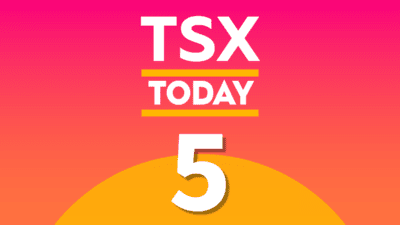The rollout of the 5G network in the developed world has inspired fiery political debate. Recently, the United Kingdom announced that it would allow the Chinese multinational technology giant to help build its 5G network. This move met with sharp criticism from many officials in the United States.
Debate in Canada has been just as ferocious, especially in the wake of the arrest of Huawei executive Meng Wanzhou and the subsequent arrest and detainment of two Canadian citizens in mainland China. A limited trade deal between the U.S. and China has done little to quiet voices that are against Huawei’s participation in constructing the 5G network. Canada’s federal government has yet to make a formal ruling either way on Huawei’s role in our 5G network.
Politics aside, the 5G network will bring much faster data rates, lower latency, and increased capacity as the 5G network expands. This is the next step in the evolution of the internet. For consumers, especially internet junkies like myself, there is a lot to be excited about.
Top telecoms that are moving forward on 5G
In the middle of January, Rogers Communications (TSX:RCI.B)(NYSE:RCI) became the first Canadian telecom provider to officially turn on its wireless 5G network in downtown areas of Toronto, Ottawa, Vancouver, and Montreal. Still, customers will not be able to access it for some time without authorization on devices. Rogers pointed out that initially, the network will still use the 4G core. Over the next 12-18 months, a 5G standalone core will become available. This is when consumers will really start to notice a difference.
Rogers stock has climbed 3.3% in 2020 as of close on February 19. Shares have dropped 5.4% year over year. The company has said that by the end of 2020 it intends to offer 5G in 20 Canadian markets. However, the full rollout will take years.
Shares of Rogers possess a favourable price-to-earnings (P/E) ratio of 16 and a high price-to-book (P/B) value of 3.5. It is trading in the middle of its 52-week range and is carrying forward a high level of debt. Rogers last paid out a quarterly dividend of $0.05 per share, representing a 3% yield.
Telus (TSX:T)(NYSE:TU) has drawn the ire of some critics, as it has boldly moved forward on its 5G network construction with the help of Huawei. This is while the federal government is still mulling an all-out ban. Telus has said that it will only enlist Huawei’s assistance in “non-sensitive” parts of its networks. Huawei components are already deployed on Telus’s existing networks, so it stands to reason that it would move forward with the company that offers a cheaper alternative.
This development, if it goes forward without any serious derailment, means that Telus will soon offer the revamped network in key areas to compete with its rivals. Back in the spring of 2019, Telus was on a roll, and I’d suggested that investors take profits and seek re-entry later. Shares of Telus would sink to a 52-week low in October 2019.
The stock has climbed 5.8% so far in 2020. Telus also possesses a solid P/E ratio of 18 and a P/B value of 3.1. It last paid out a quarterly dividend of $0.5825 per share. This represents a solid 4.3% yield.
 Act Fast: 75 Only!
Act Fast: 75 Only!






